New Frontier Aerospace says it has put its 3D-printed Mjölnir rocket engine through a series of successful hot-fire tests.
Get the latest international news and world events from around the world.


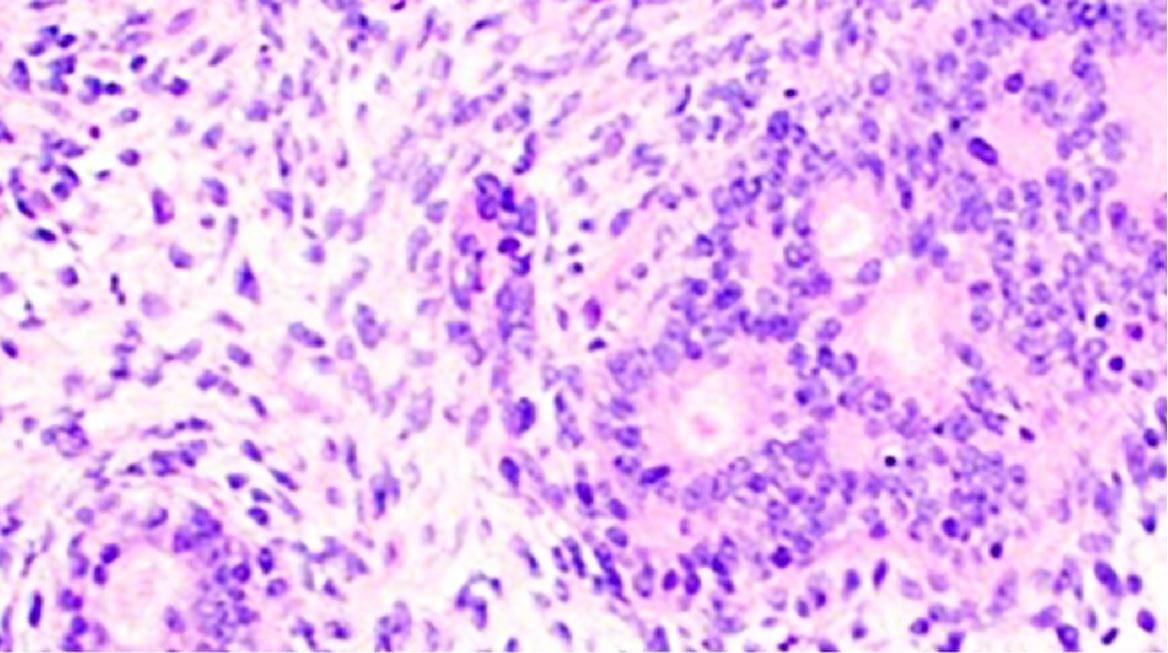
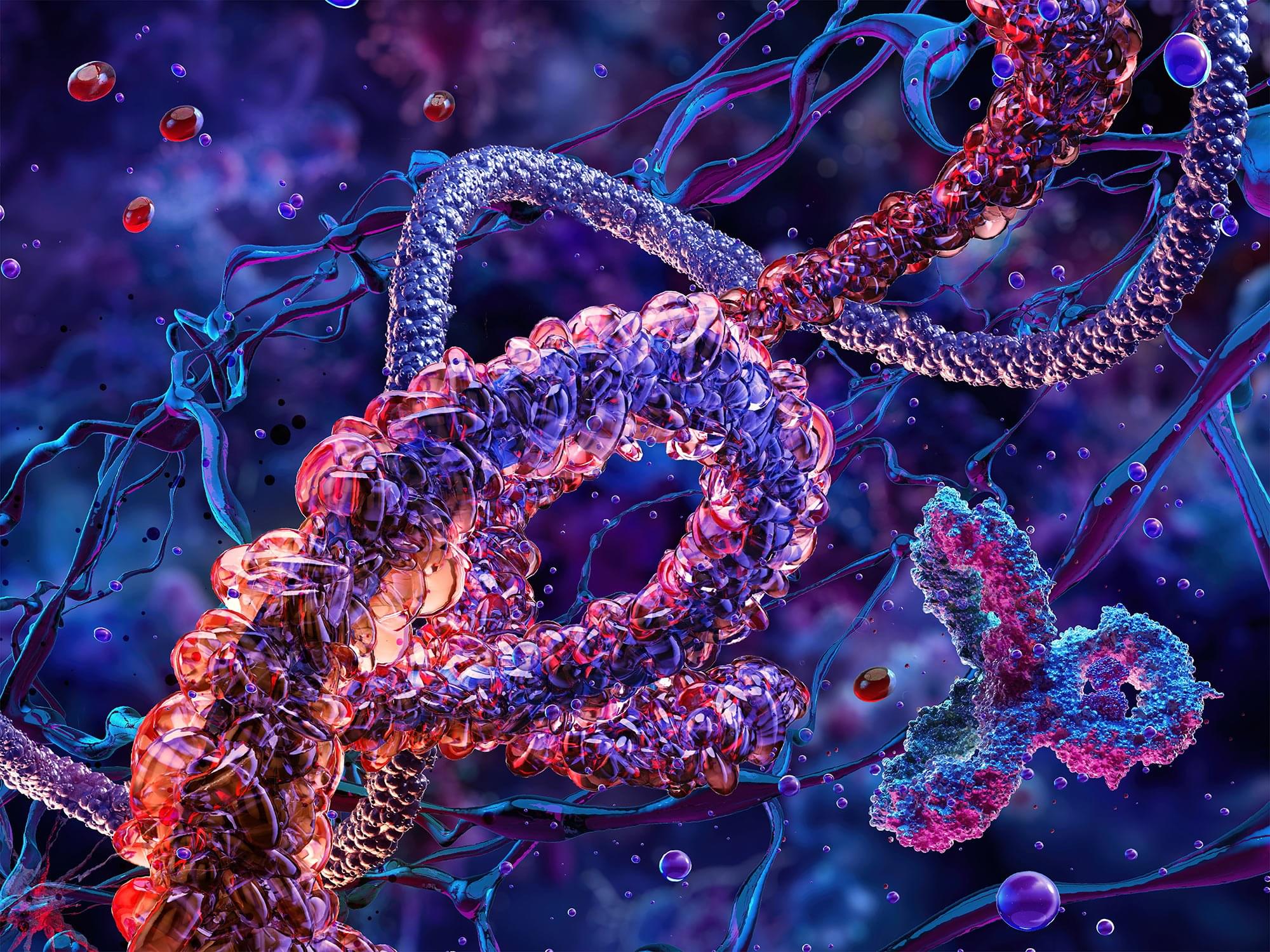

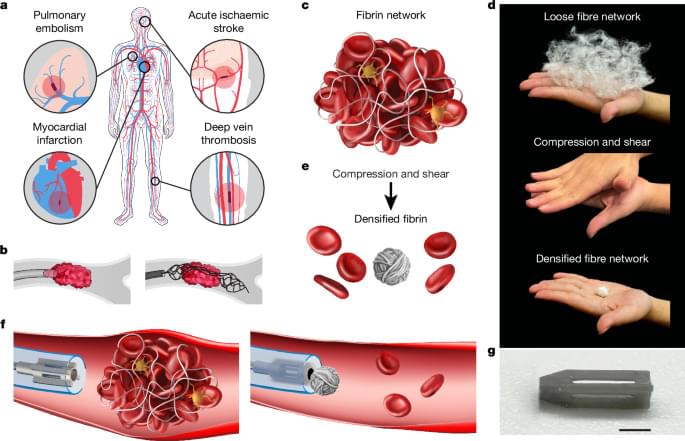
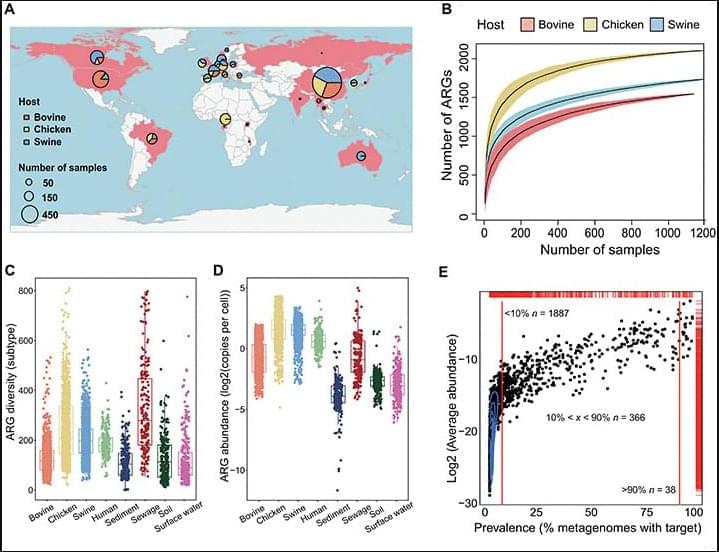
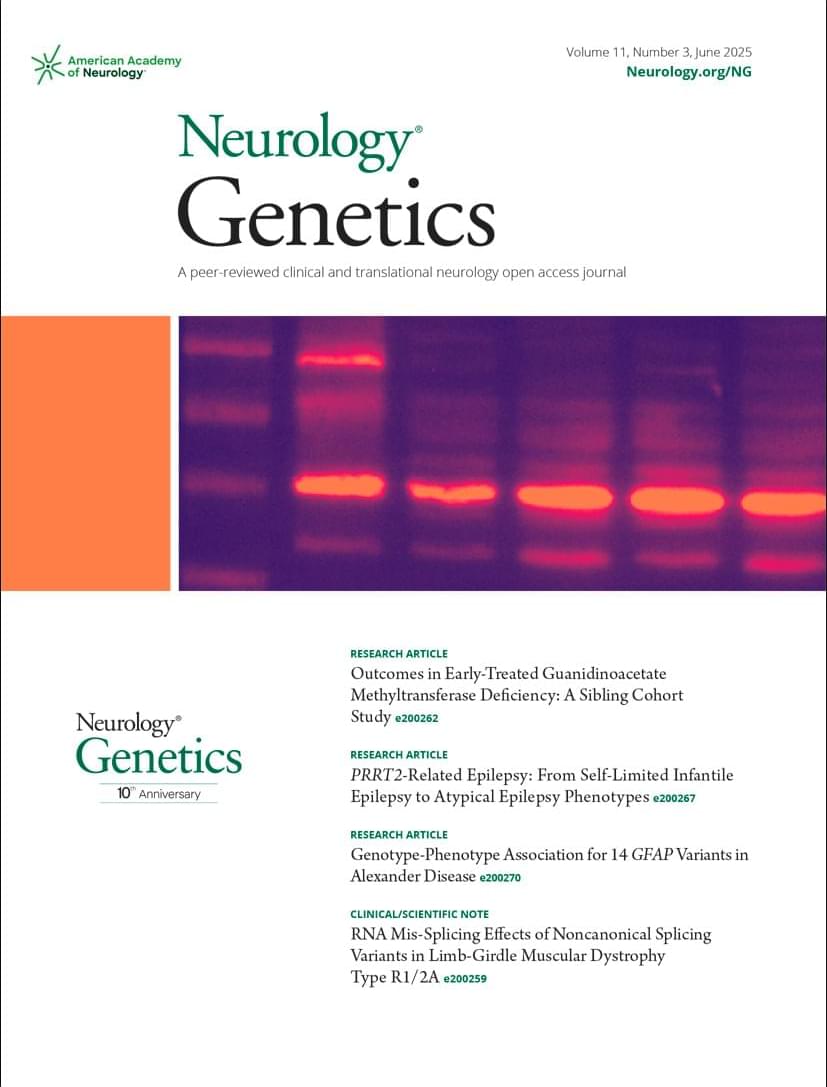
Autosomal Recessive Cerebellar Ataxia-27 Caused by a Novel Loss-of-Function Variant of Ganglioside-Induced Differentiation Associated Protein 2 in a Spanish Family
Question Are there more effective systemic treatment options for ERBB2-negative metastatic breast cancer and active brain metastases?
Findings In this nonrandomized clinical trial of 47 patients treated with utidelone plus bevacizumab, the central nervous system objective response rate was 42.6% according to the Response Evaluation Criteria in Solid Tumors version 1.1. The safety profile of this treatment approach was manageable.
Meaning These findings suggest that combination therapy with utidelone plus bevacizumab is a potentially viable treatment for patients with ERBB2-negative metastatic breast cancer and active brain metastases.
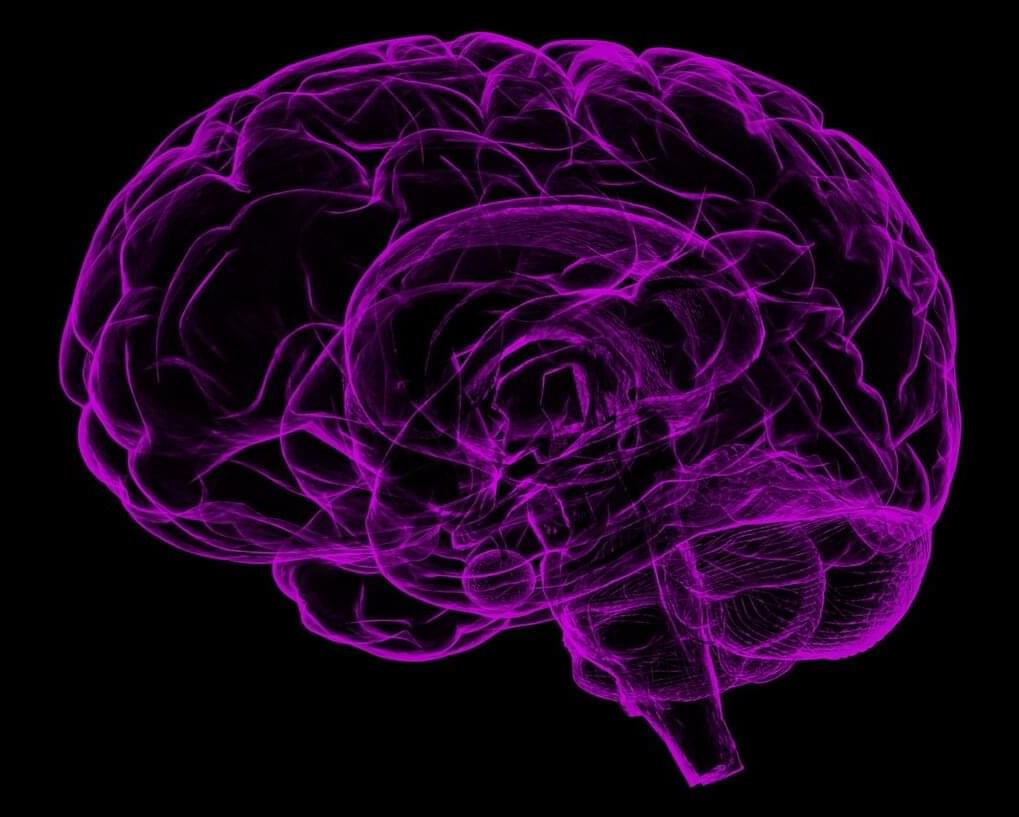
How a faulty transport protein in the brain can trigger severe epilepsy
Citrate is essential for the metabolism and development of neurons. A membrane transport protein called SLC13A5 plays a central role in this process and has previously been linked to a particularly severe form of epileptic encephalopathy.
Building on data from the recently completed RESOLUTE and REsolution flagship projects, scientists at CeMM have comprehensively studied the function and structure of the membrane transporter SLC13A5, experimentally investigating 38 mutant variants.
Their findings, published in Science Advances, shed new light on the mechanisms of this disease and lay the foundation for further research into epilepsy and other disorders.